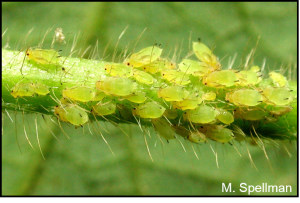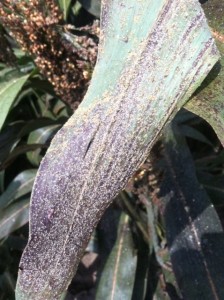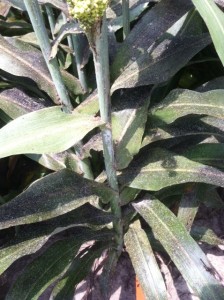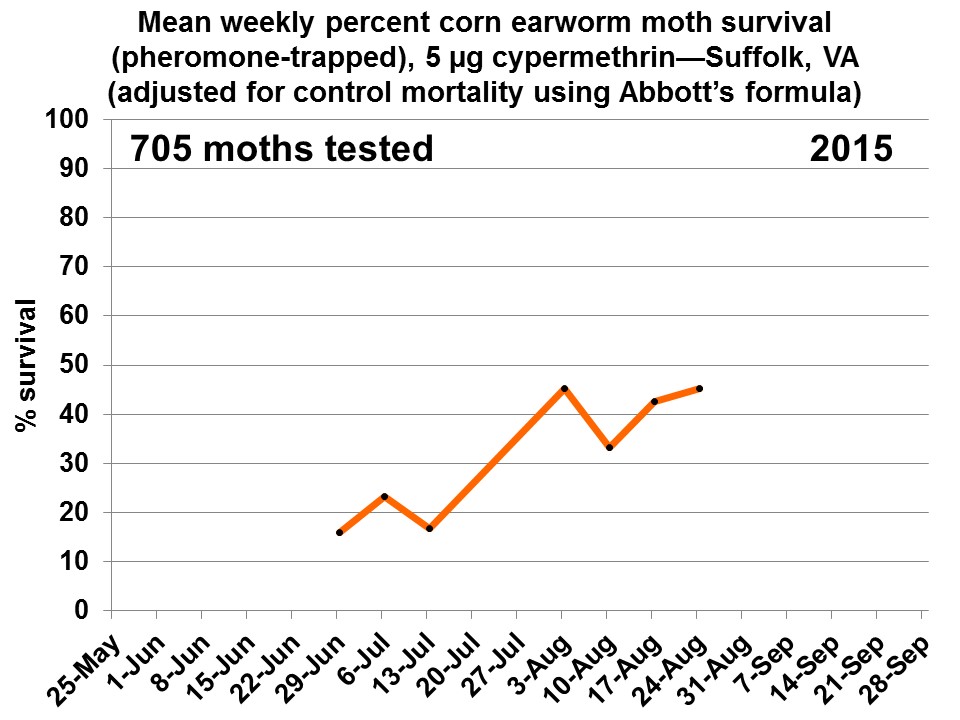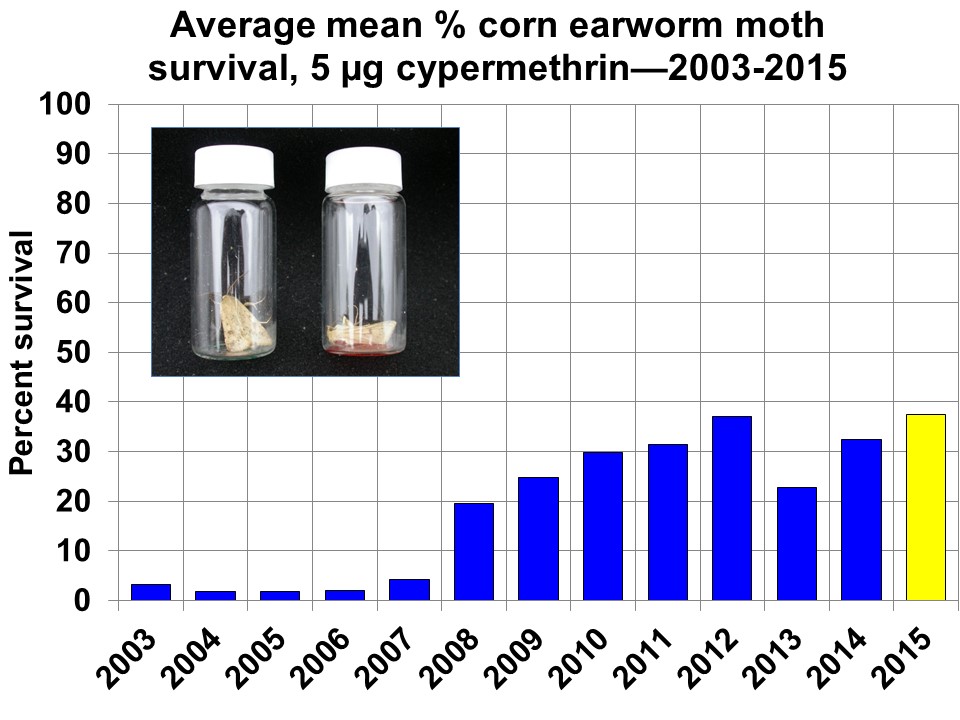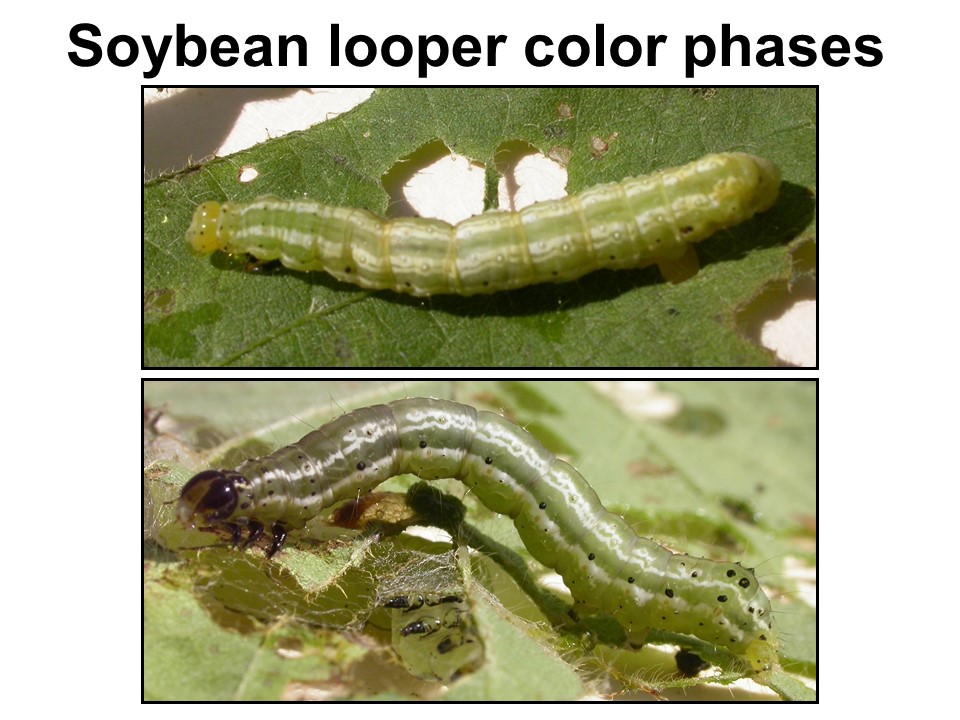We have received several calls about the issues regarding the foliar application of insecticides to flowering cotton. Because of the oil and livestock feed uses of cotton, it is considered to be a food crop—so many of the insecticides used in cotton now include pollinator protection statements on their labels. These insecticides include, but are not limited to the neonicotinoids: Admire Pro, Centric, Belay, Endigo, Leverage, and others.
According to the new label restrictions, these insecticides are not to be used on cotton while bees are foraging, and they are not to be used until flowering is complete and all petals have fallen unless one of the following conditions is met:
1) The application is made to the target site after sunset and before sunrise.
2) The application is made to the target site when temperatures are below 55˚F.
3) The application is made in accordance with a government-initiated public health response.
4) The application is made due to an imminent threat of significant crop loss, and a documented determination consistent with an IPM plan or predetermined economic threshold is met.
Conditions 1, 2, and 3 are either not practical or will likely not apply to the cotton crop. But condition 4 could be a viable option for growers but it needs some clarification—specifically, what is an imminent threat, who makes the determination, and how is the determination documented?
WHAT CONSTITUES AN IMMINENT THREAT OF SIGNIFICANT CROP LOSS, AND WHO DECIDES?
- According to a guidance document by the State FIFRA Issue Research and Evaluation Group (SFIREG) (further details follow), the criteria to determine when an imminent threat exists would need to be determined by the applicator in consultation with a Cooperative Extension agent, crop consultant, certified crop advisor, or a state recognized pest management model/tool.
- According to VDACS, “….ideally the determination of what an ‘imminent threat of significant crop loss’ is would be made and supported by a subject expert, for example, extension agent, crop advisor etc., prior to the application and the decision to apply can be shown to be consistent with an IPM plan or based upon an established economic threshold.”
HOW IS THE DETERMINATION DOCUMENTED?
- According to VDACS, regarding required documentation, “…the label does not contain, thus there does not exist, a requirement for any specific records or documentation to be kept by the applicator. It is, however, in everyone’s best interest to have thorough application records and that would include documenting ‘imminent threat’. It would be prudent for the applicator to have some ‘evidence’ to support their use of the product as an outdoor foliar application on a labeled crop. The ‘evidence’ could be a letter or email from one of many experts, or a reference to a pest management guide or other such literature.”
- Our current insect pest management recommendations for Virginia cotton can be accessed in the VCE publications, Pest Management for Field Crops, http://www.pubs.ext.vt.edu/456/456-016/456-016.html, and Managing Stink Bugs in Cotton: Research in the Southeast Region, http://www.pubs.ext.vt.edu/444/444-390/444-390.html.
- Also according to VDACS, the label language (regarding documentation) is purposely vague to allow flexibility and rather than making the documentation requirement too prescriptive, they are following the general guidance document from the State FIFRA Issue Research and Evaluation Group (SFIREG), http://www.aapco.org/documents/bee_label_guidance_2014.pdf, and will consider the documentation provided to satisfy the condition has been met on a case by case basis.
So, as I see it, cotton can be treated with a neonicotinoid insecticide during flowing if the need is determined by a trained professional or there is some evidence that the treatment was based on published thresholds—and it would be best to document it via a letter, email, or some other written record. Using any insecticide with the pollinator protection label language (and it is likely that in the future these restrictions will be applied to more products) will raise the bar in terms of both understanding and adhering to insect thresholds in not only cotton, but all food crops where pollinators forage during flowering. This would leave no room for ‘automatic’, ‘tank mix’, ‘convenience’, or ‘insurance’ treatments—as these could not be justified as adhering to thresholds.
Note that there are a number of other requirements regarding notifying nearby beekeepers prior to insecticide applications. Details are provided in the SFIREG document mentioned, above. Always read and follow the label. If you have further questions about the pollinator protection label language or how VDACS will handle this, you should contact your local Pesticide Investigator http://www.vdacs.virginia.gov/pesticides/directoryinvest.shtml or the Office of Pesticide Services at 804-786-3798. If you need further help in understanding the thresholds, please contact your local VCE ANR Agent, or Ames Herbert at the VT Tidewater Agricultural Research and Extension Center.

